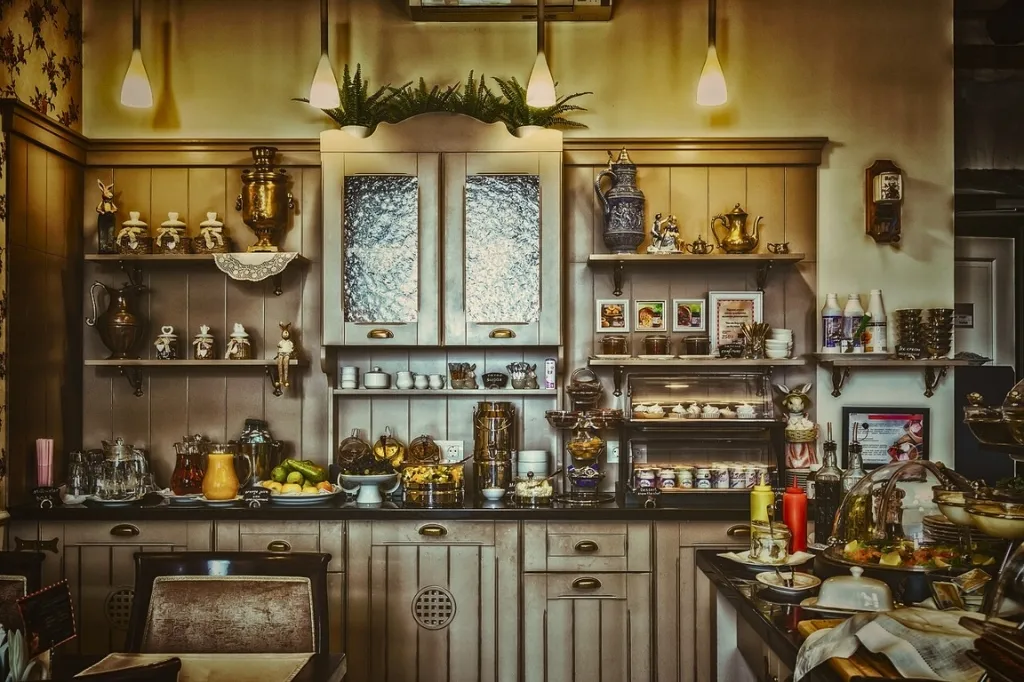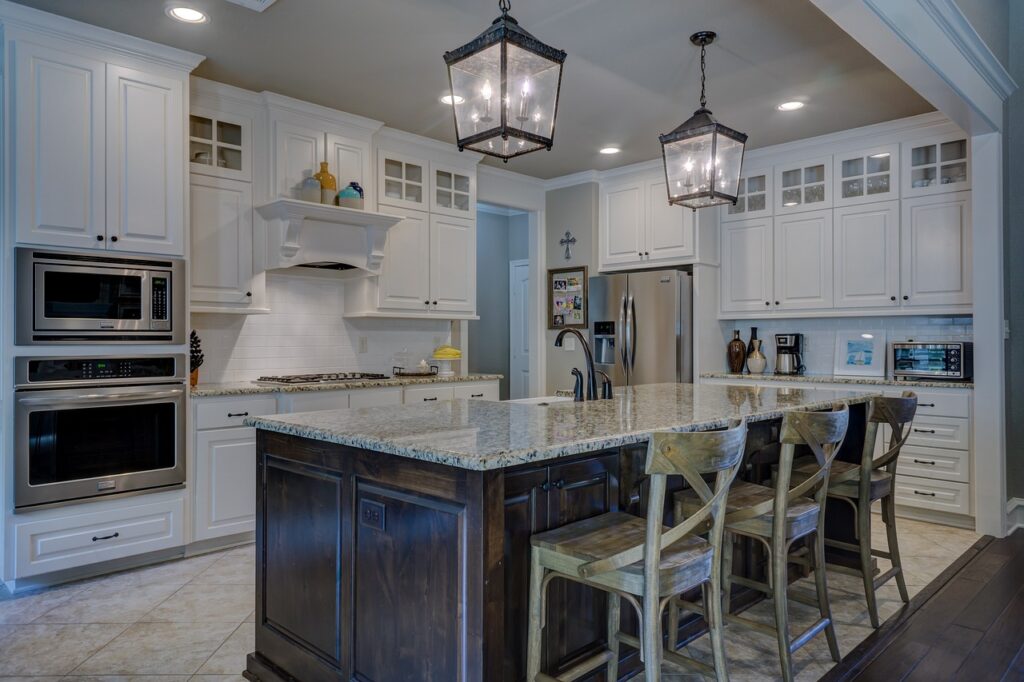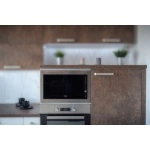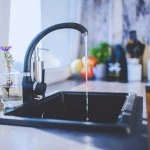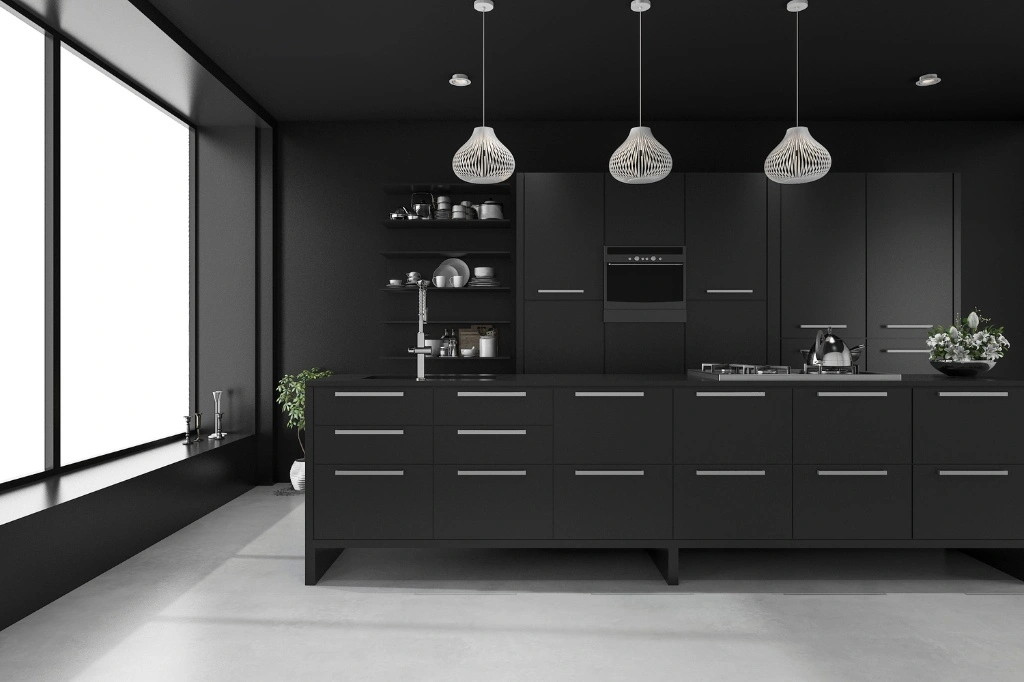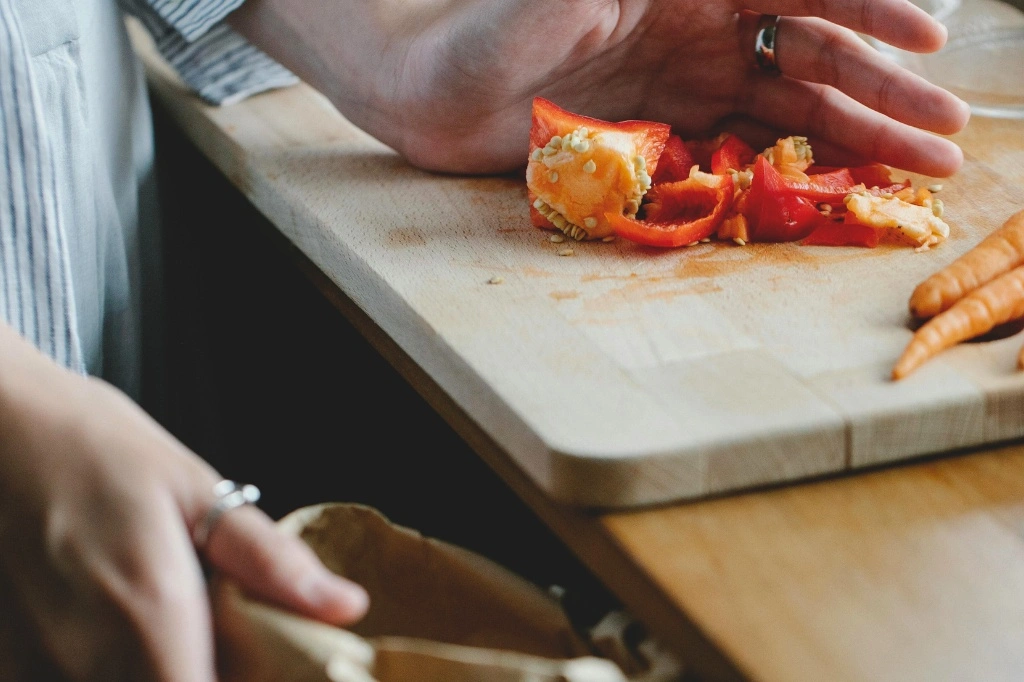Kitchen design is a complicated challenge that blends capability and aesthetics. Understanding the five key factors affecting your kitchen design is essential to designing an area that suits your wishes and possibilities, whether you are constructing a new kitchen or transforming a current one. Your kitchen’s average software and splendor will rely upon the choices you are making approximately format and lighting.
In this comprehensive manual, we’ll discover five key factors affecting your kitchen design and offer insights on how to make knowledgeable decisions.

Table of Contents
1. Space and Layout
Impact of Space on Kitchen Design
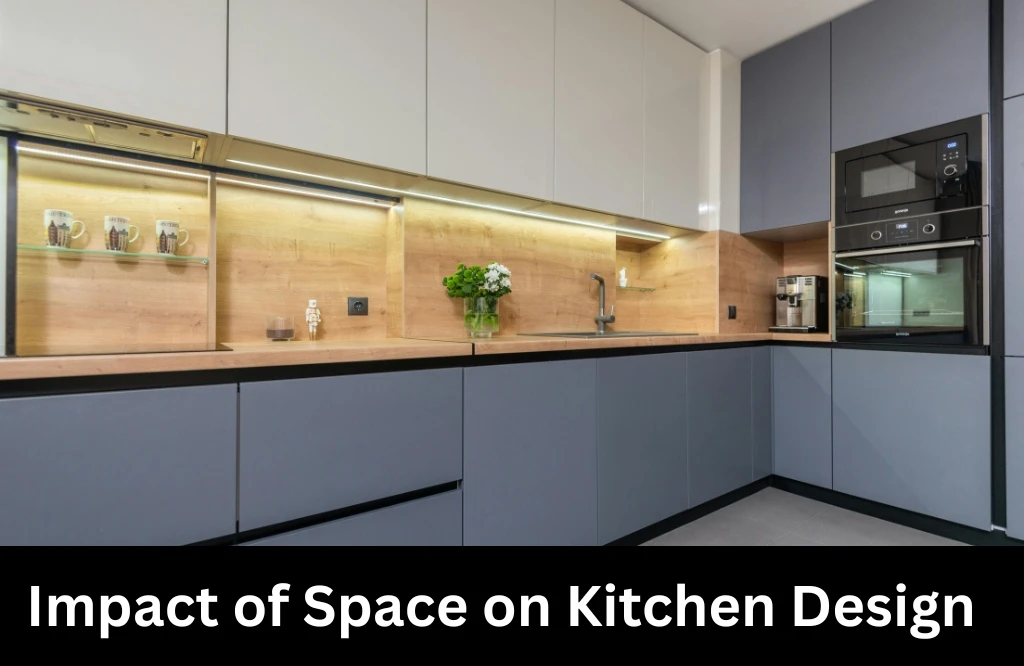
The available area in your kitchen is the muse of your design. The length and form of the kitchen will dictate the format and the functions you can contain. Properly making use of the gap can beautify each functionality and go with the flow.
Key Considerations for Layout:
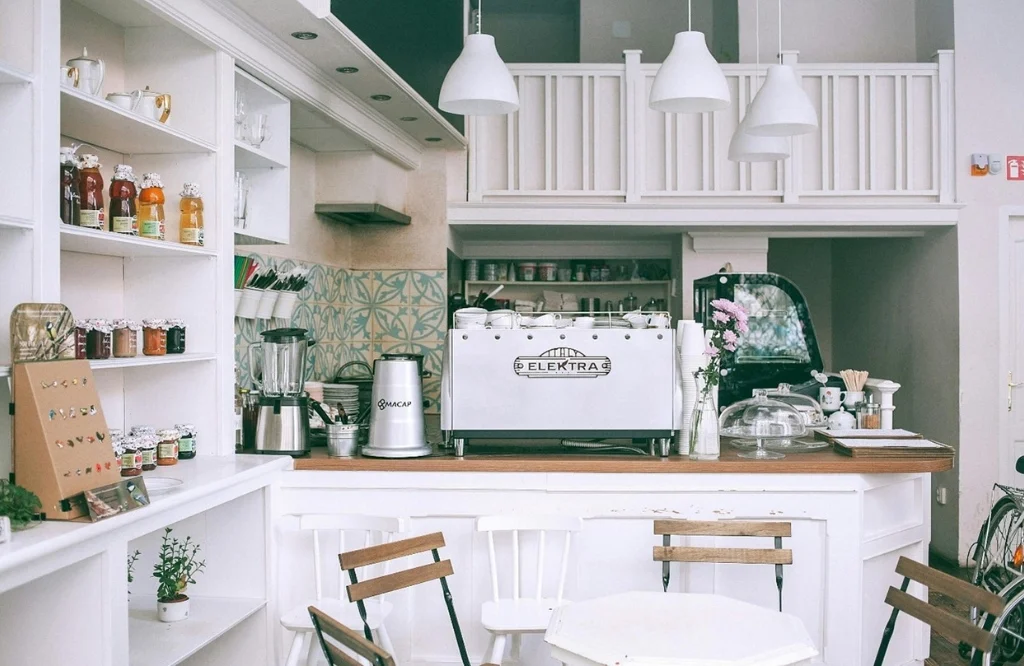
- Work Triangle
The sink, range, and fridge make up the painting triangle, that’s one of the fundamental standards of kitchen layout. Ideally, these 3 areas should shape a triangular format to facilitate efficient movement and decrease needless steps whilst cooking. Ensure that the painting’s triangle is unobstructed and easy to navigate.
- Flow and Movement:
Consider the benefit of motion within the kitchen. There must be sufficient area between factors to permit motion. Aim for at least 42 inches of clearance among counters or between a counter and an island to keep away from a cramped feeling.
- Zoning:
Create distinct zones for distinct sports—cooking, cleansing, and garage. This separation enhances capability and organization.
For example, preserve the prep region close to the sink and range, at the same time as storage cabinets need to be on hand yet out of the manner of high-visitor zones.
2. Lighting
Role of Lighting in Kitchen Design
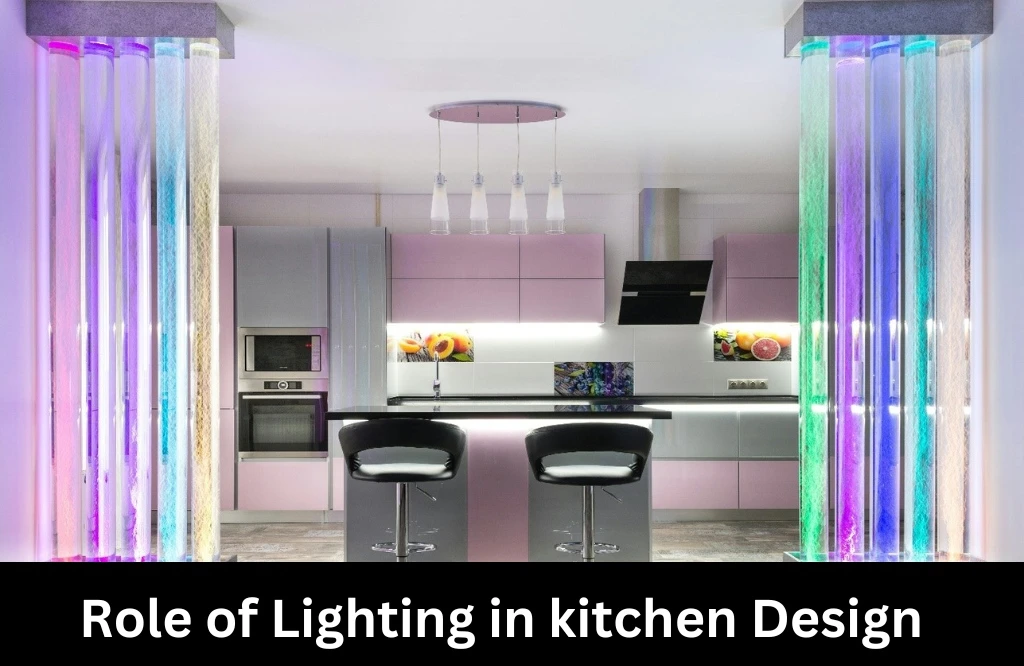
Lighting isn’t always just about illumination; it also influences the kitchen’s atmosphere and capability. A nicely-lit kitchen enhances safety and makes it less complicated to carry out duties.
Types of Kitchen Lighting:
We’ll discuss three lighting types used in the kitchen for daily work.
- Ambient Lighting:

This affords normal illumination for the entire kitchen. It can be done with ceiling-mounted furniture or recessed lighting. Ensure that the ambient mild is bright and sufficient to cover the entire area without creating harsh shadows.
- Task Lighting:
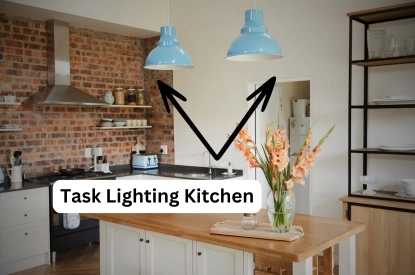
Task lighting fixtures make a specialty of uniquelighti work regions such as countertops, sinks, and stoves. Under-cupboard lights, pendant lights, and adjustable spotlights are splendid alternatives for illuminating those areas. Proper project lighting fixtures help reduce eye strain and improve cooking performance.
- Accent Lighting:
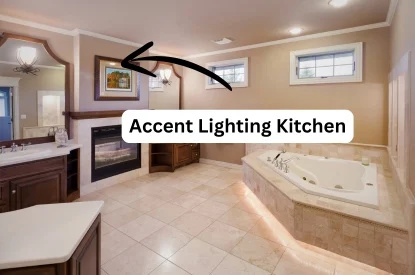
Accent lighting fixtures highlight architectural capabilities or provide visible interest. Consider the usage of LED strips alongside the underside of shelves or spotlighting a decorative backsplash. Accent lighting can create a warm, inviting ecosystem and emphasize layout factors.
3. Materials and Finishes
Choosing Materials for Kitchen Design
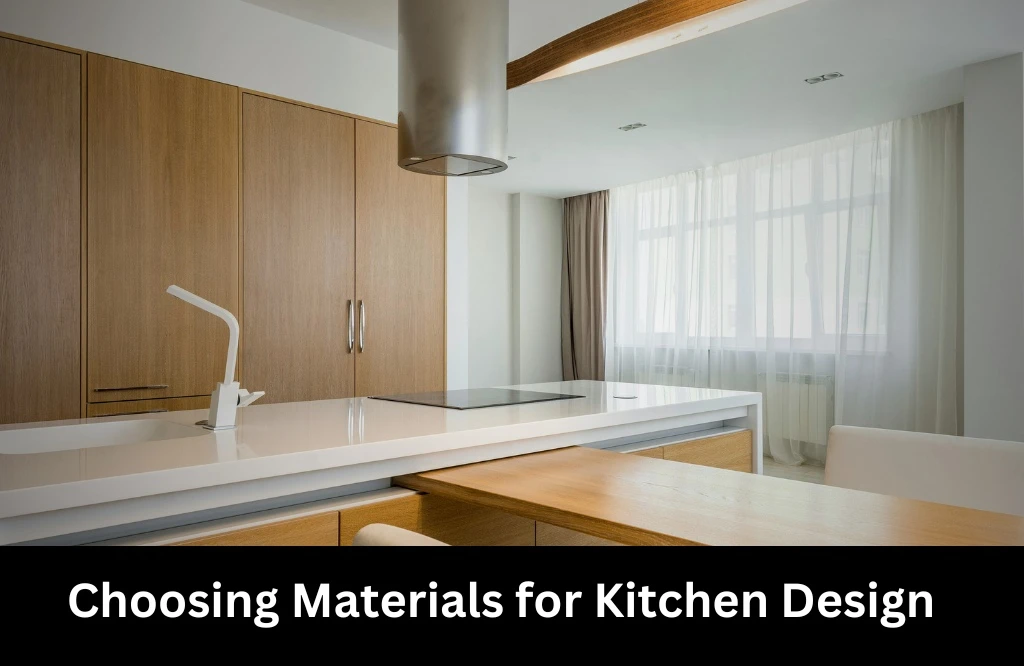
The substances and finishes you choose have a big impact on the kitchen’s sturdiness, maintenance, and style. High-excellent substances contribute to the longevity of your kitchen and decorate its standard appearance.
Considerations for Materials:
- Countertops:
Choose better materials to improve kitchen design. Laminate gives a cost-effective answer with quite a few designs. Consider the material’s resistance to warmth, stains, and scratches.
- Cabinetry:
Opt for wonderful shelves that supplement your layout fashion. Solid wood gives a traditional look and sturdiness, even as engineered wood or laminate can be greater finance-friendly. Pay interest to finishes and hardware that shape your normal design topic.
- Flooring:
Select flooring that suits the kitchen’s visitors and capability. Hardwood, tile, and vinyl are not unusual alternatives. Tile is durable and clean to smooth, at the same time as hardwood adds warmth and man or woman. Ensure the flooring material is resistant to spills and clean to hold.
4. Budget
How Budget Affects Kitchen Design
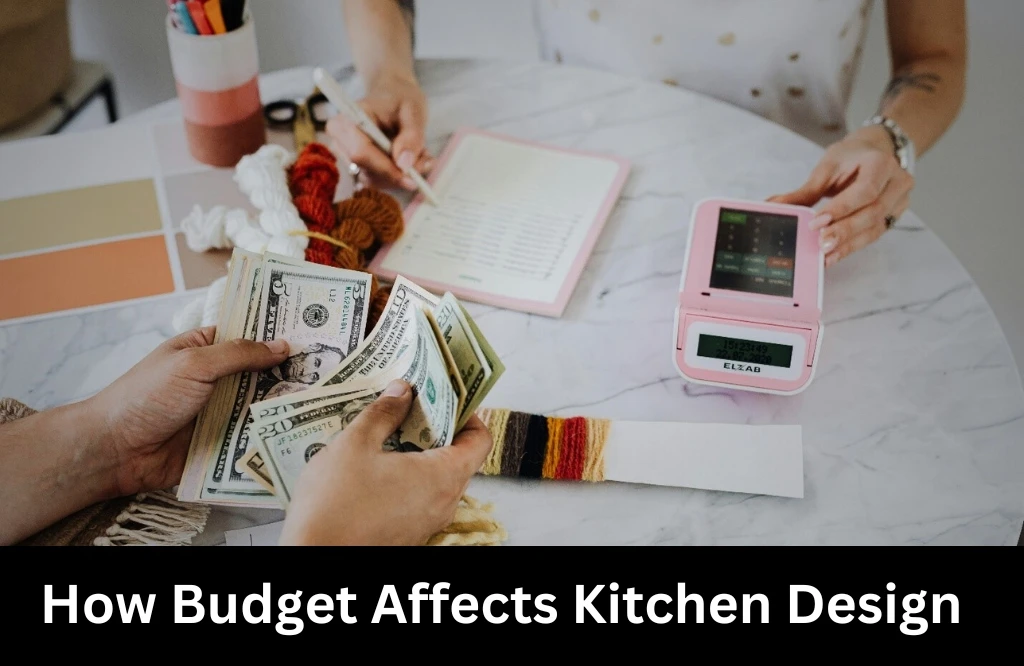
Your budget plays a vital role in figuring out the scope and satisfaction of your kitchen layout. It affects the whole thing from materials to home equipment and universal design complexity.
Budget Considerations:
- Prioritize Needs:
Identify and prioritize important elements inside your price range. Focus on excessive-impact areas such as cabinetry, countertops, and home equipment. If wished, make compromises in much less critical areas to live inside your monetary limits.
- Cost vs. Value:
Balance between top-notch investments and cost-powerful solutions. For instance, investing in long-lasting countertops or power-green appliances can provide lengthy-term advantages and grow your kitchen’s price.
- Contingency Fund:
Set aside a contingency fund for unexpected charges. Renovation initiatives often encounter unexpected troubles, which include structural troubles or delays. A buffer to your finances allows manipulate these surprises without disrupting your plans.
5. Personal Style and Preferences

Factors Influencing Kitchen Design
When considering the five key factors affecting your kitchen design, personal style, and preferences are crucial in ensuring your kitchen is both functional and reflective of your taste.
Design Personalization:
- Style:
Choose a layout fashion that resonates with your private aesthetic. Whether you prefer modern, traditional, rustic, or business, ensure that your kitchen layout aligns together with your style. Incorporate elements inclusive of cabinetry finishes, hardware, and fixtures that replicate your selected fashion.
- Functionality:
Consider your cooking conduct and way of life while designing the kitchen. Features together with sufficient counter space, an organized garage, and handy equipment placement should cater to your needs. For instance, if you frequently entertain visitors, contains extra seating or a huge island for socializing.
- Color Schemes:
Select colors and finishes that create a cohesive appearance and enhance the kitchen’s usual ecosystem. Light hues could make a small kitchen sense larger, while bold colors add man or woman and heat. Consider how the color scheme will complement adjoining rooms and normal home decor.
Conclusion
Designing a kitchen includes balancing different factors to create a space that is functional and aesthetically fascinating. By understanding and addressing the five key factors affecting your kitchen design lighting fixtures, substances and finishes, finances, and private style, you could achieve a kitchen that meets your desires and enhances your private home.
For successful kitchen design, begin with a clean plan and make knowledgeable selections of approximately every component.


